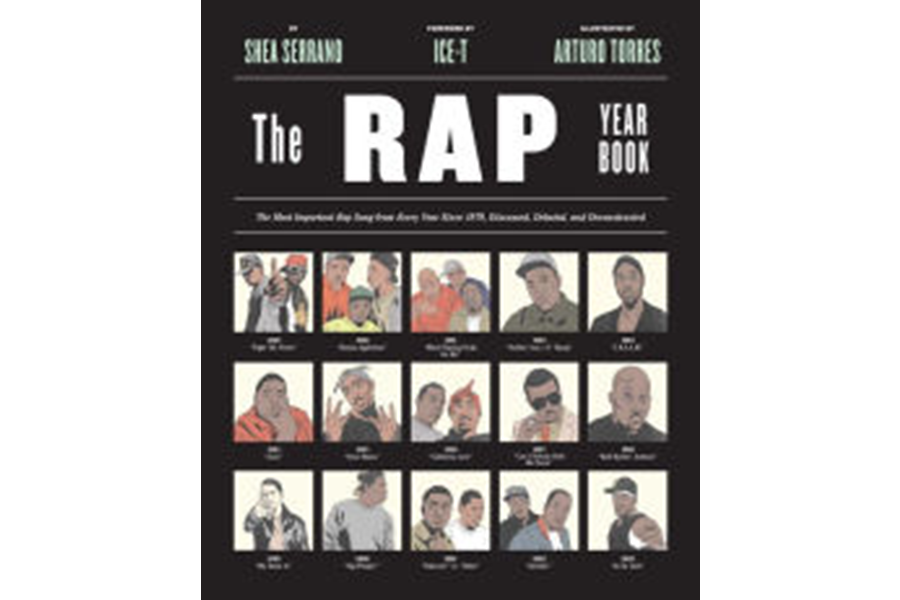How social media savvy made 'The Rap Year Book' a bestseller
Loading...
Few people thought "The Rap Year Book" would do well. In fact, few people even knew about it, at first.
After all, it's a nonfiction graphic novel in the musical genre, by a relatively young, unknown writer who himself expressed apprehension that the book would sell.
The book has done gangbusters. It sold out on Amazon and Barnes & Noble within two days of its release on October 13, is the No. 1 bestseller on Amazon in its category, and is a New York Times bestseller. In fact, the entire first round of printing – some 20,000 copies – sold out before the book even came out.
That's partly because the book is a left-field wonder.
At its most basic level, "The Rap Year Book," by author Shea Serrano, who used rap to teach science to middle school students in Houston and is now a staff writer for Grantland, is a series of essays and illustrations discussing and debating the best rap song of each year, from 1979, when rap entered the musical and cultural landscape, to 2014.
And it's not just a rundown of songs. There are hilarious essays and guest essays debating and dissecting the best songs, revealing anecdotes, and infographics, charts, and fantastic drawings accompanying each pick, by Arturo Torres.
The book goes deeper: It illustrates the cultural and political importance of rap; how it is a product of disco, rock n' roll, spoken word, and jazz; and how the lyrics were inspired by the anger and frustration of blacks facing cultural oppression in the US.
Esquire calls it the literary equivalent of a "late-night, possibly drink- or pot-addled discussions you had when you were 17 about whether Afrika Bambaataa’s 'Planet Rock' made a more significant contribution to the history of rap music than Grandmaster Flash and the Furious Five’s 'The Message.'"
But there's more to the success of "The Rap Book" than its substance. Author Serrano, it turns out, is an unwitting master of social media, as Wired pointed out in a recent story examining the book's commercial success.
Before it was released, he tweeted the book to his 43,000 followers. He put his phone away while he was driving on a family trip. When he checked it a few hours later, the book had risen from zero books sold to #1 best-seller in Amazon’s “rap book” category.
So Serrano pulled a few more tricks from his bag to drum up interest and sales, like giveaways of rap-related paraphernalia like Yo! MTV Raps cards that helped the book sell out on both Amazon and Barnes and Noble.
Upon searching for new outlets for his fans, Serrano came across Books A Million, which started a fun feud to see whether "The Rap Year Book" could sell out of its stores in a limited amount of time. It did.
“It became like an accidental campaign,” Serrano told Wired. “It sounds so corny to say, but it’s just this little book against all these big companies, and these people are the whole reason we’re winning,” he said.
It's a lesson in how unconventional marketing – tweets, Yo! MTV Raps cards, a playful feud – can make for an unlikely success story.







